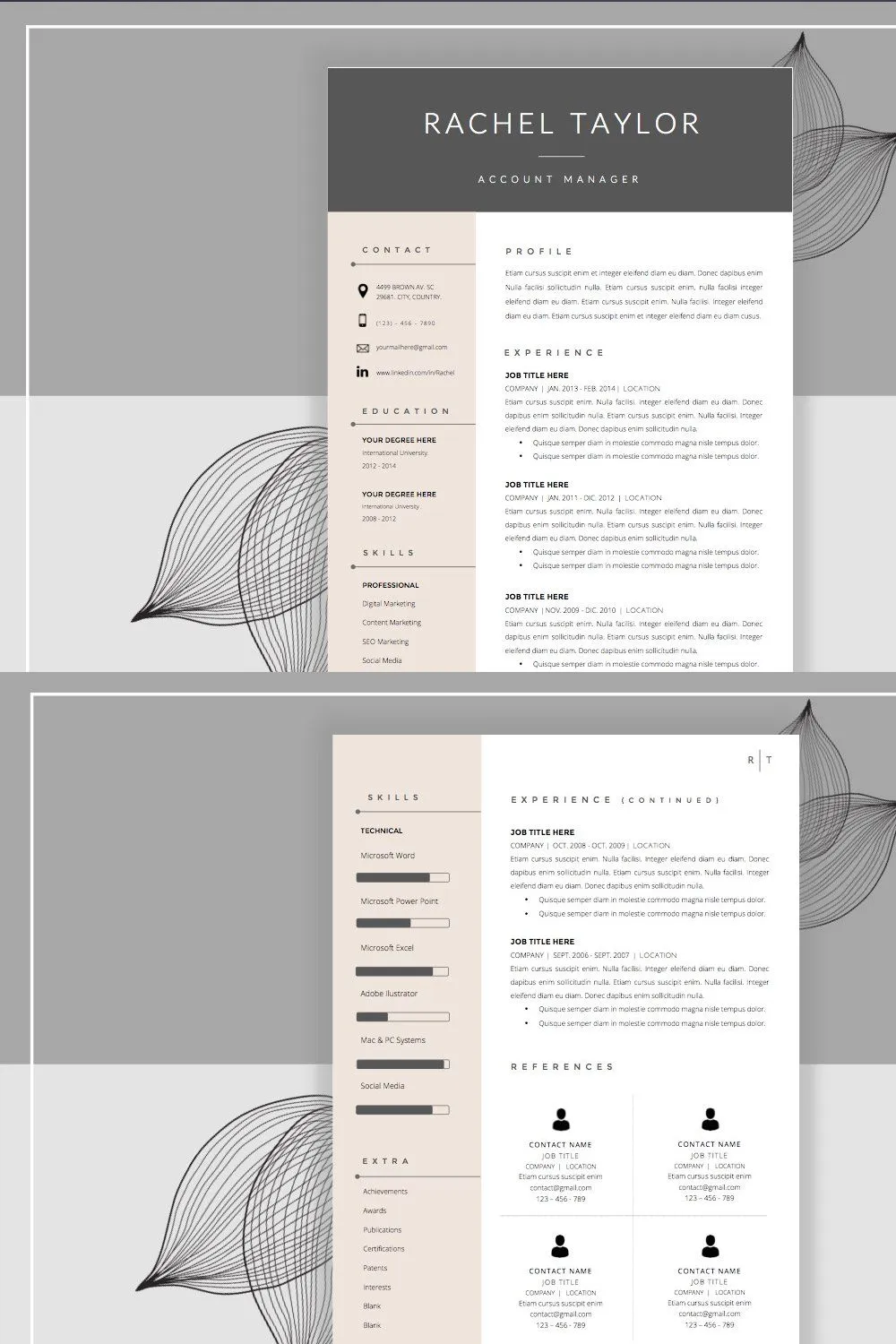What is a Resume Template
A resume template serves as a pre-designed framework to help job seekers create a professional resume efficiently. It provides a structured layout, including sections for contact information, summary or objective, work experience, education, skills, and additional sections like projects or awards. The primary advantage of using a template is that it saves time and effort by offering a starting point and ensuring a consistent and organized presentation of one’s qualifications. Resume templates are available in various formats, catering to different career levels and industries, making them a valuable tool for anyone seeking employment.
Why Use a Resume Template
Using a resume template can be a game-changer in your job search. It streamlines the resume creation process and helps you present your skills and experience in a visually appealing and organized manner. A well-designed template ensures that your resume is easy to read and quickly conveys your qualifications to potential employers. By leveraging a template, you can focus more on tailoring the content to the specific job requirements rather than struggling with formatting. This can significantly increase your chances of getting noticed by recruiters and securing an interview. A resume template offers a structured approach, making the resume writing task less daunting and more manageable.
Benefits of Using a Resume Template
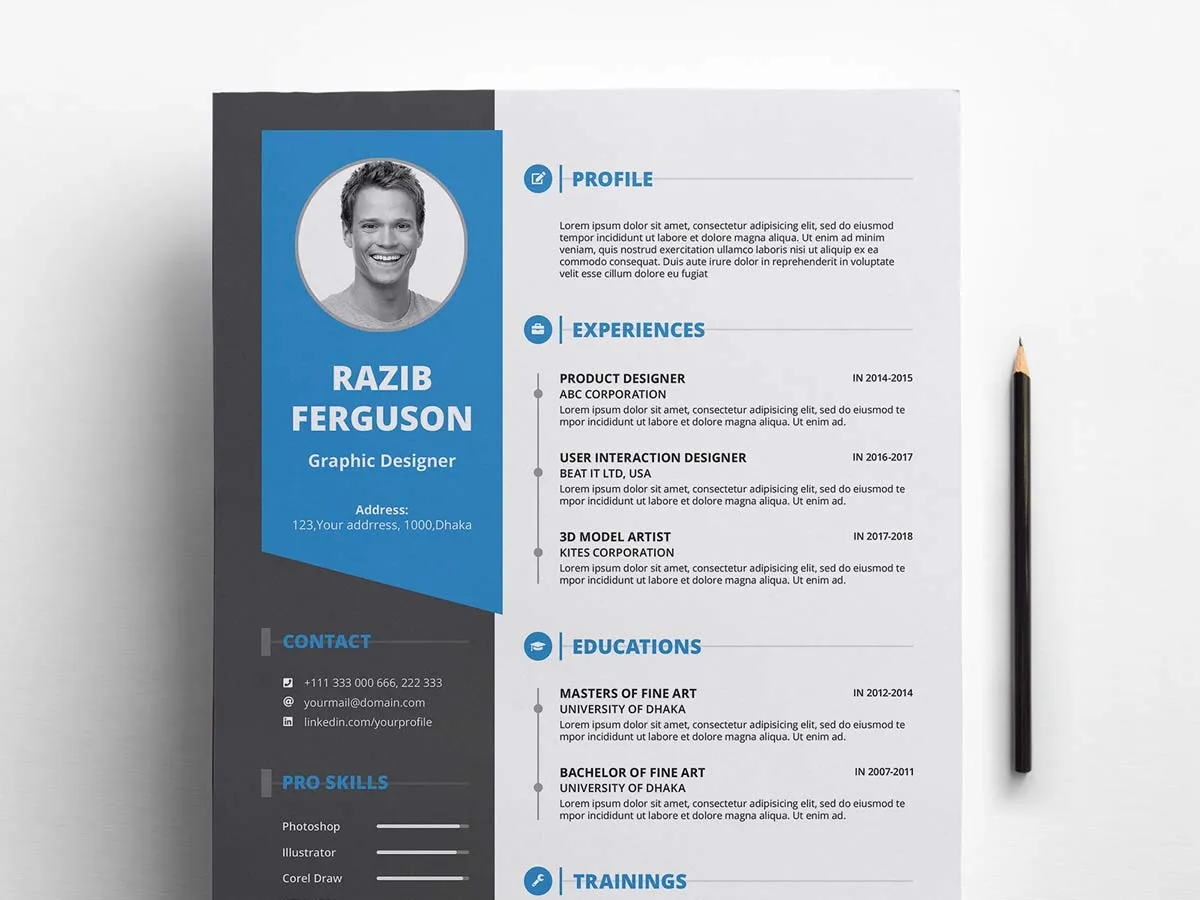
The benefits of using a resume template are numerous. Firstly, templates save time by providing a ready-made structure, eliminating the need to start from scratch. Secondly, templates ensure a professional and consistent look, helping your resume stand out. Thirdly, they guide you on what information to include and how to organize it effectively. Many templates are designed to be ATS-friendly, which increases the chances of your resume being scanned successfully by applicant tracking systems. Using a template reduces stress and helps you focus on the content and tailoring it to the job description.
Potential Drawbacks of Resume Templates
While resume templates are beneficial, there are potential drawbacks. Over-reliance on a template might lead to a generic resume that doesn’t highlight your unique qualifications. Using a template that is not ATS-friendly can result in your resume being rejected by the system. Some templates can also appear cluttered or visually unappealing if not customized correctly. The key is to use a template as a starting point and customize it to reflect your personality and career goals, ensuring your resume remains unique and relevant to the specific job you’re applying for. Always proofread the final version.
Top 5 Resume Template Secrets
Template Secret 1 Choose the Right Format
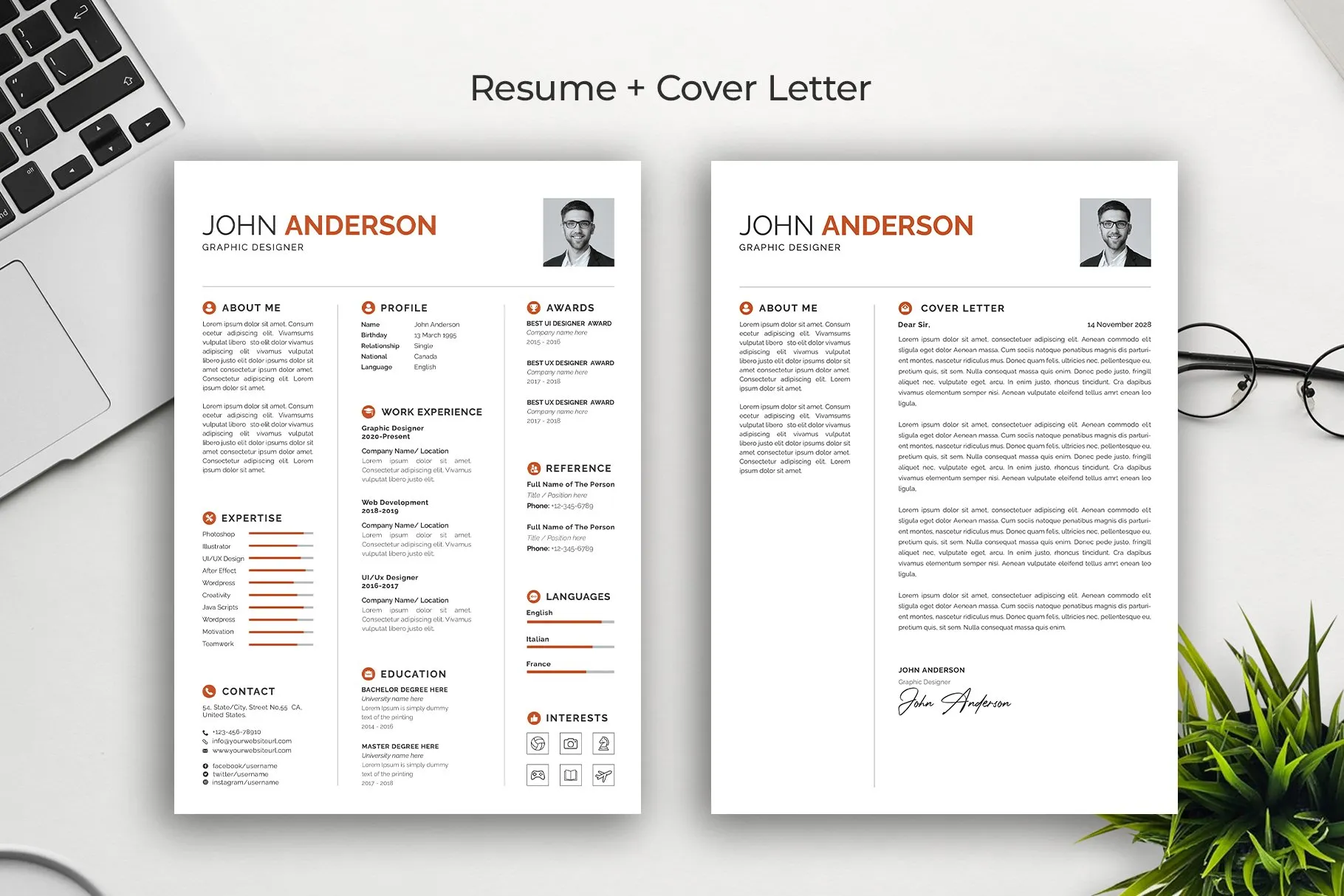
Selecting the right resume format is crucial for presenting your qualifications effectively. The most common formats are chronological, functional, and combination. The chronological format lists your work experience in reverse-chronological order, highlighting your career progression. The functional format emphasizes your skills and abilities, ideal for those with gaps in employment or career changes. The combination format blends elements of both, showcasing skills and work history. Consider your career goals and the specific job requirements when choosing a format. Ensure the format aligns with your experience and presents your qualifications in the best light.
Chronological Format Overview
The chronological format is the most traditional and widely accepted resume format. It lists your work experience in reverse-chronological order, starting with your most recent job. This format is ideal for candidates with a consistent work history and clear career progression. It allows employers to easily see your career trajectory and assess your experience. Ensure that you provide detailed descriptions of your responsibilities and accomplishments for each role. Include dates of employment, company names, job titles, and a concise summary of your achievements. This format works best when your work history aligns with the job you are seeking and is free from significant employment gaps.
Functional Format Overview
The functional format focuses on your skills and abilities rather than your work history. It is best suited for candidates with employment gaps, career changes, or limited work experience. This format emphasizes your transferable skills, making it easier for you to highlight relevant skills. It organizes your skills into categories, such as communication, leadership, or technical skills. While it may be suitable for certain scenarios, it is essential to be transparent about your employment history and provide dates where possible. Always include a section for your work history to avoid the impression that you are trying to hide something.
Combination Format Overview
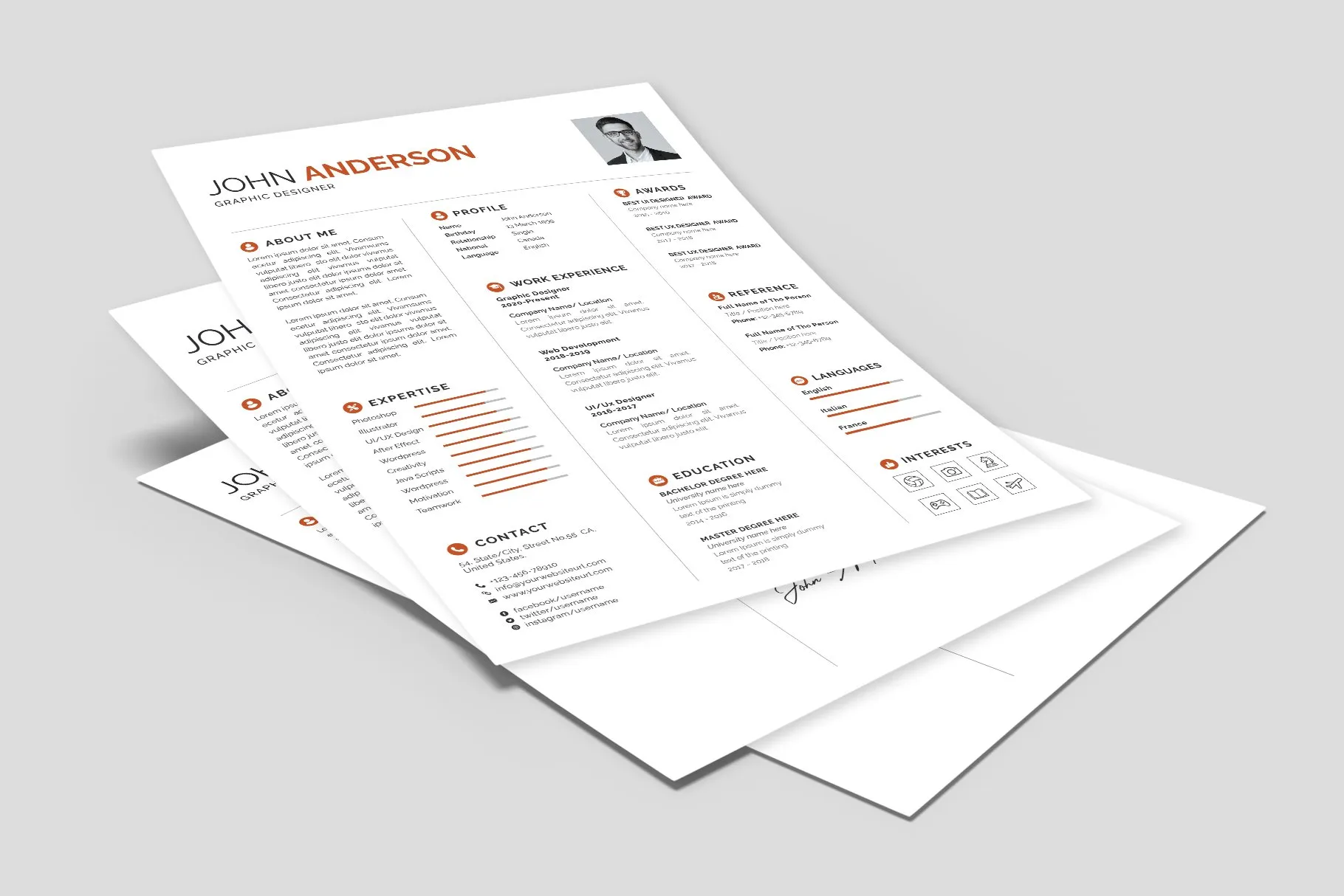
The combination format blends the chronological and functional formats to showcase both your skills and work history. It includes a skills section to highlight your key abilities and a work experience section in reverse-chronological order. This format is a versatile choice, especially if you want to emphasize specific skills while still providing a clear picture of your career progression. By incorporating both, you give recruiters a comprehensive view of your qualifications, your skills and also the way you used them. This approach allows you to tailor the resume to match the job requirements more effectively. This format is ideal for most job seekers.
Template Secret 2 Tailor Your Content
Tailoring your resume content to match each job description is essential for success. Carefully review the job posting and identify the key skills and experiences the employer is seeking. Then, customize your resume to highlight those skills and experiences. Use keywords from the job description in your resume. Tailoring demonstrates your interest in the specific role and increases the likelihood of your resume passing through ATS and catching the hiring manager’s attention. Your resume should not be a one-size-fits-all document. Instead, it must be a targeted representation of your qualifications for the specific opportunity.
Highlight Relevant Skills and Experience
Focus on the skills and experiences most relevant to the job. Review the job description and identify the required skills and experiences. Then, highlight those in your resume. Provide specific examples of how you have used those skills and achieved results in previous roles. This could include quantifiable accomplishments, such as increasing sales, improving efficiency, or leading successful projects. By aligning your qualifications with the job requirements, you demonstrate to the employer that you are a strong fit. Use action verbs to describe your accomplishments and skills.
Quantify Your Achievements
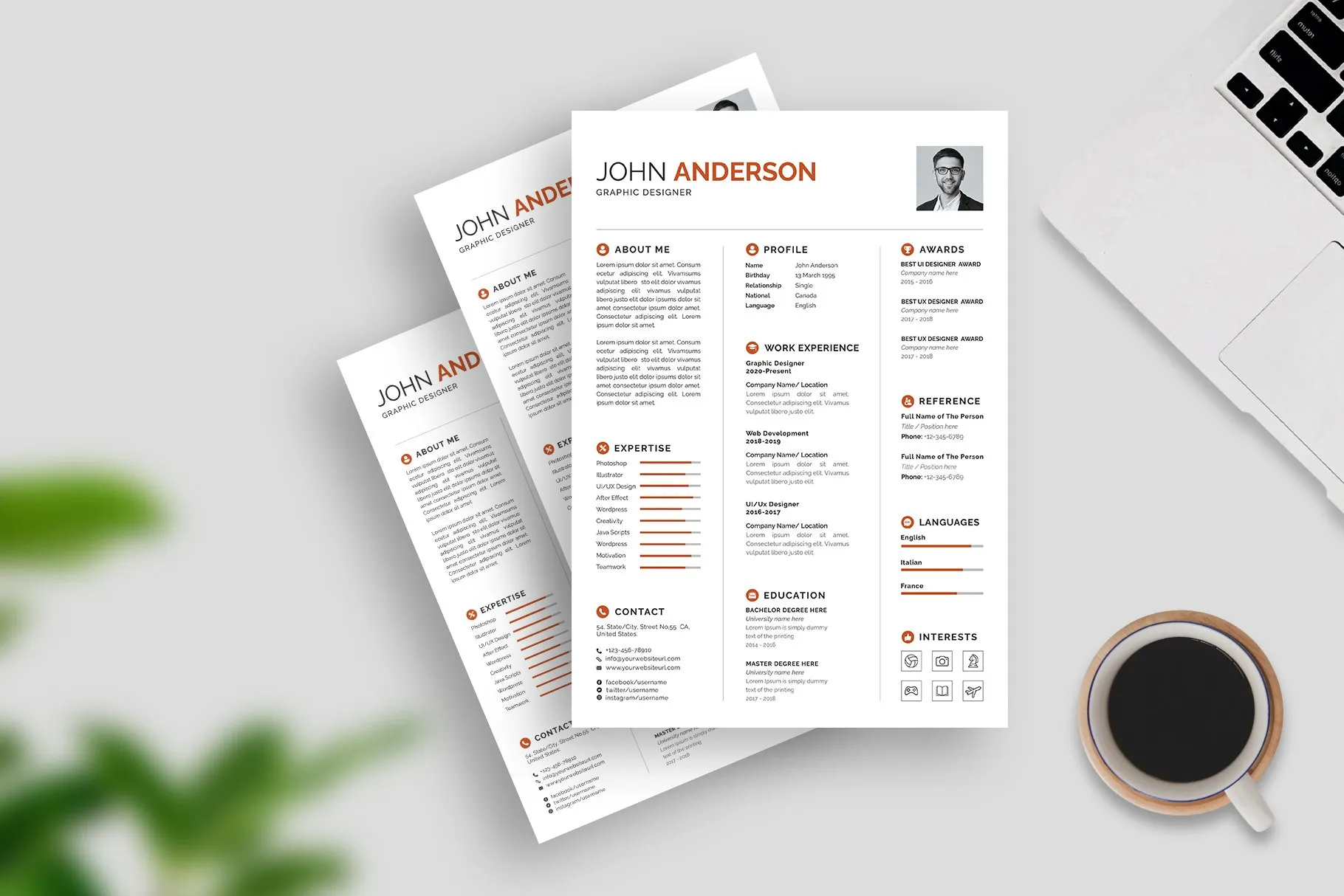
Quantifying your achievements adds credibility to your resume and demonstrates your impact in previous roles. Use numbers and data to illustrate your accomplishments whenever possible. For example, instead of saying “Managed social media,” say “Increased social media engagement by 30% in six months.” Quantifiable results provide concrete evidence of your skills and abilities. This approach helps recruiters and hiring managers understand the value you can bring to the organization. Always use the STAR method to structure your accomplishments (Situation, Task, Action, Result) to provide a clear and concise narrative.
Template Secret 3 Optimize for Applicant Tracking Systems (ATS)
Most companies use Applicant Tracking Systems (ATS) to scan resumes. Optimizing your resume for these systems is critical to getting noticed. The primary goal is to make sure your resume is readable by the ATS. Avoid using complex formatting, such as tables, images, or unusual fonts. Use standard fonts like Arial, Calibri, or Times New Roman. Ensure your resume is clear and easy to scan. Many ATS also scan for keywords, so incorporate relevant keywords from the job description throughout your resume.
Keywords and Phrases in Resume Templates
Incorporating keywords and phrases from the job description is a key aspect of optimizing your resume for ATS. Analyze the job description and identify the most frequently used and important keywords. Include these keywords in your skills section, work experience descriptions, and summary or objective. Using the right keywords helps your resume match the job requirements and increases the likelihood of it being selected. Do not overload your resume with keywords, use them naturally within your descriptions. Make sure that the keywords align with your actual skills and experience.
Formatting for ATS Compatibility
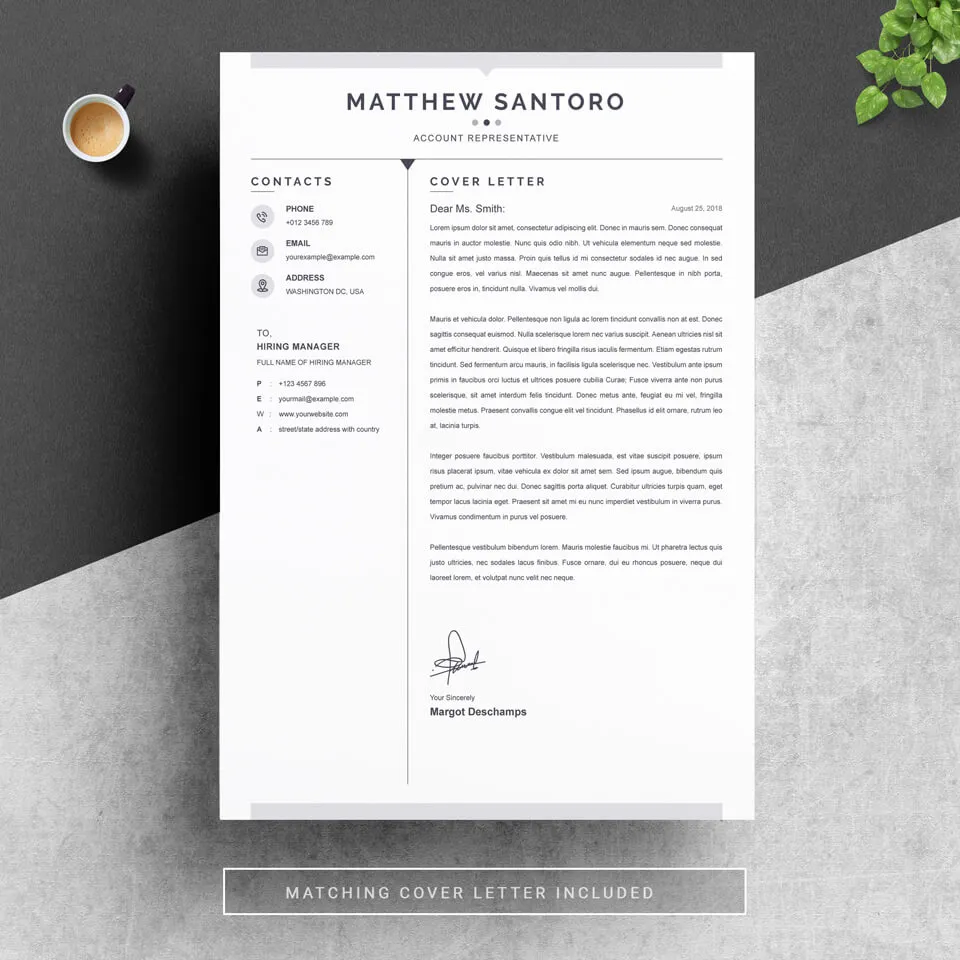
Formatting plays a crucial role in ATS compatibility. Use a clean, straightforward layout with clear headings and sections. Avoid using tables, graphics, or images, as these can sometimes confuse the ATS. Use standard fonts and sizes, such as Arial or Calibri, in sizes 10-12. Save your resume in a compatible format, such as .doc or .docx. Ensure that your resume is free from formatting errors and that the text is easily readable by the system. These simple steps improve the chances that your resume will be successfully parsed and reviewed by the hiring manager.
Template Secret 4 Use a Clean and Modern Design
A clean and modern resume design makes your resume visually appealing and helps it stand out. Choose a template that uses a clear and organized layout with ample white space. Avoid overly ornate or cluttered designs. A clean design is easier to read and makes a positive first impression. Make sure your resume is not overwhelming. Also, a well-designed resume indicates your attention to detail and professionalism.
Font Choices for Readability
Choosing the right font significantly impacts the readability of your resume. Select a font that is easy to read and professional. Popular and appropriate fonts include Arial, Calibri, and Times New Roman. Ensure your font size is between 10 and 12 points for the body text. Use bold or italics sparingly to highlight key information, such as job titles or headings. Always choose fonts that are simple, clear, and easily scanned by both humans and ATS systems.
White Space and Layout Considerations

Utilizing white space and a well-structured layout enhances the readability and visual appeal of your resume. Make sure to use sufficient white space between sections, paragraphs, and lines of text. This prevents your resume from appearing cluttered. Use clear headings and subheadings to organize the content. Use bullet points to highlight your accomplishments and skills. A well-organized resume is easier for recruiters to quickly find the information they need. Maintain consistency in your formatting throughout the document, ensuring a professional and polished look.
Template Secret 5 Proofread and Edit Carefully
Proofreading and editing are essential steps in creating a polished and professional resume. Errors and typos can damage your credibility and might lead to your resume being rejected. Proofread your resume multiple times, paying attention to grammar, spelling, and punctuation. Read it aloud to identify any awkward phrasing or sentences. It is a good idea to have someone else review your resume to catch any errors you might have missed. This is the last and the most important thing.
Common Errors to Avoid
Be aware of common errors to avoid. These include spelling and grammatical errors, inconsistent formatting, and vague language. Avoid using slang or informal language. Ensure that all information is accurate and up-to-date. Proofread your resume multiple times to catch any mistakes. Do not rely solely on spell-check; thoroughly review your document to avoid errors. Inaccurate information can be a significant turn-off and can get your resume instantly rejected.
How to Proofread Effectively
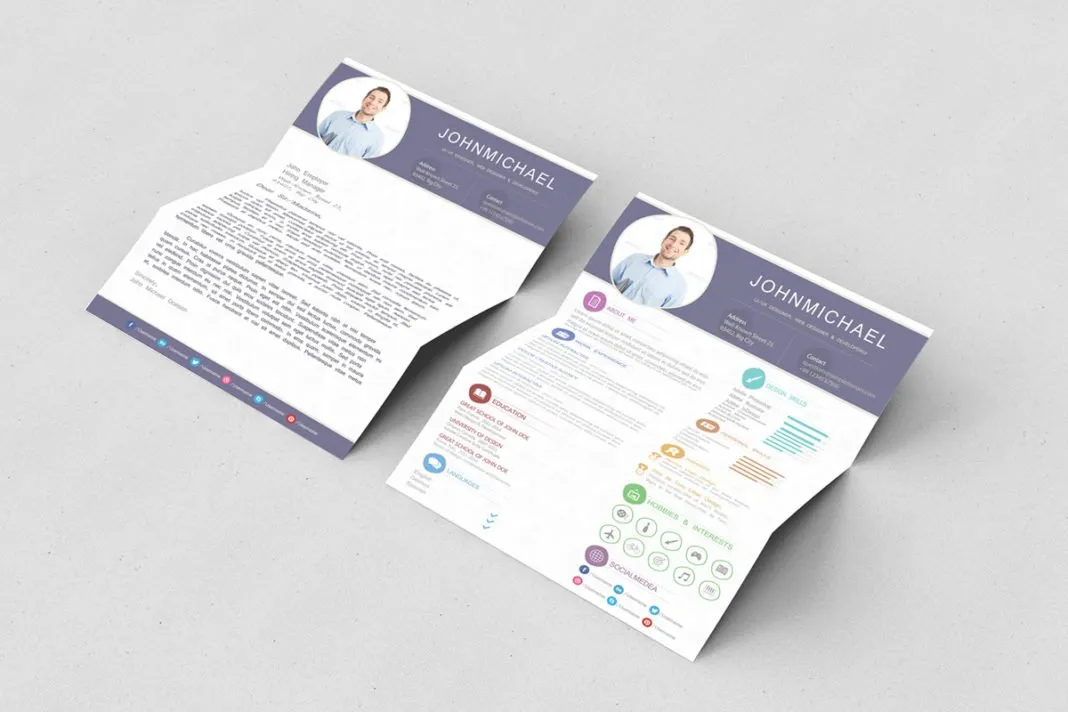
Proofreading effectively requires a systematic approach. Read your resume slowly and carefully, focusing on each word and sentence. Use a spell checker and grammar checker, but do not rely on them completely. Print out your resume and review it on paper, as this helps you catch errors that you might miss on a screen. Have a friend or family member review your resume for feedback. Take breaks during the proofreading process to maintain focus. By following these steps, you can ensure your resume is error-free and presents you in the best possible light.
Conclusion
Mastering the art of resume templates can significantly enhance your job search efforts. By understanding the different formats, tailoring your content, optimizing for ATS, using a clean design, and proofreading meticulously, you can create a resume that grabs the attention of hiring managers. Remember to customize each resume to match the specific job requirements and highlight your unique qualifications. By applying these secrets, you will increase your chances of securing interviews and ultimately landing your dream job. So start applying these tips and unlock the power of the perfect resume template.
